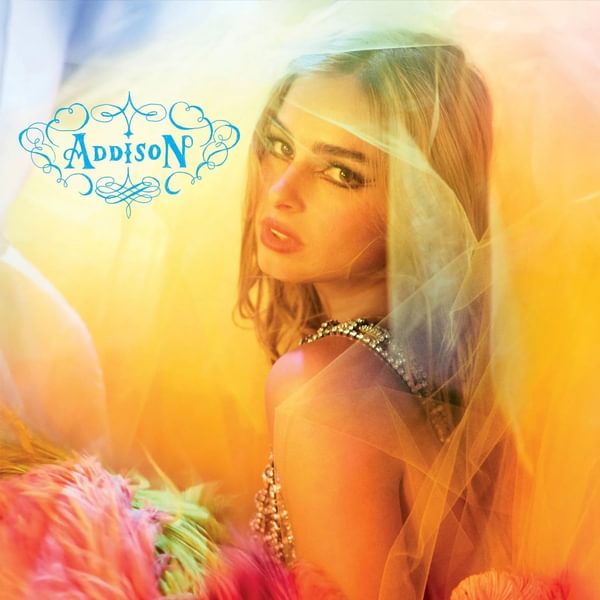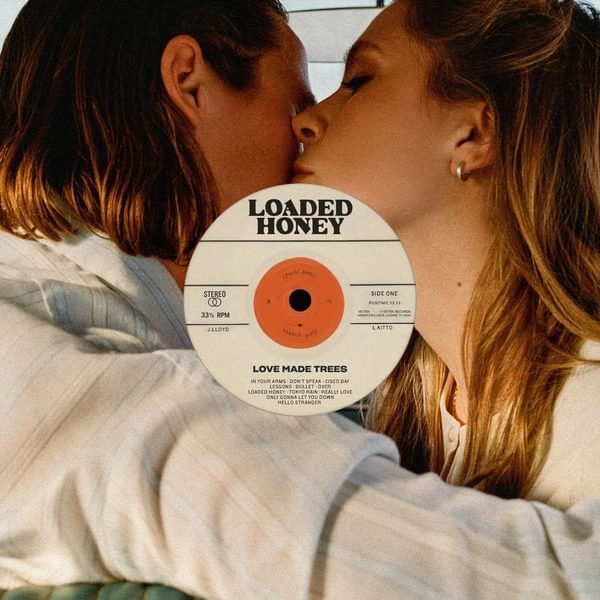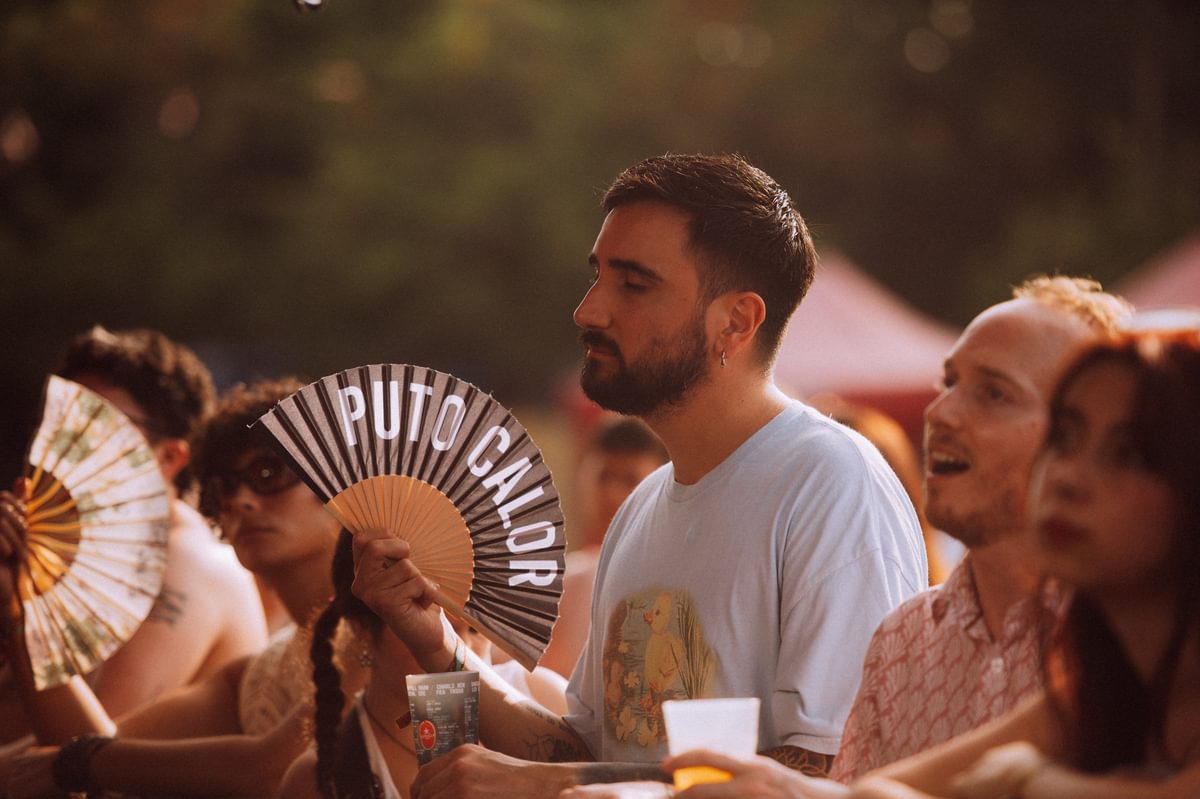
The changeable taffeta of Primavera Sound
Primavera Sound rolled out their buzziest lineup yet this past weekend in Barcelona – bolstered by a trifecta of pop perfection – but what does this mean for the future of the festival?
Like the archetypical female pop star forced to constantly reinvent themselves to remain chart-friendly, Primavera Sound has worn many hats through the years.
Has the festival’s prized elasticity diluted its initial mission? Although tricky to imagine — especially with the social media chatter around its booking of the self-proclaimed “holy trinity” of pop princesses — for those yet unacquainted, Primavera Sound was officially birthed in 2001 from a series of concerts shining a light on Spanish noise bands. With an aggressive commercialisation over the last two decades, yet a flexibility at its core, the mutations of the festival have been vast.
Alongside a smaller sister edition held in Porto the weekend after the main event takes place in Barcelona, the festival has repeatedly attempted a more global colonisation with now dormant, or entirely defunct, offshoots taking root across Madrid, Latin America, and Los Angeles through the years. Moreover, in an attempt to make up for cancelled pandemic instalments, it experimented with a two-weekend event in 2022 à la Coachella – an edition that only lasted one outing.
Indeed, Primavera Sound has been keen to explore the idea of scale both on an international and a local level. Under the shadow of the largest solar power panel in Europe — a draw I’m sure was near the top of most attendees’ lists — Barcelona’s coastal Parc del Fòrum unrolls into prodigious festival grounds, doing well to amply channel festivalgoers between its sprawling stages. However, the boundaries of this site have always been in constant flux.

Although one of the more middling sizes on offer, the hearth of the site is undoubtedly the Cupra Stage, a transformed open-air auditorium that creates an impressive, palatial setting where rows of viewers sit in colosseum formation, whilst a standing pit looks onto the Mediterranean Sea. It is the perfect setting to reverberate the energy of some of the festival’s most impressive sets, including CMAT (who seemed to have half of Ireland in attendance), Waxahatchee, and Wet Leg.
It’s then a long walk between the two poles of the site. One holds its stately main stages, sponsored by Estrella Damm and Revolut. It proves a well-sized hub to accommodate the reams of festivalgoers bouncing between the side-by-side acts, if at times favouring capacity over sound quality and volume — a fact that drastically reduced the impact of FKA Twigs’ already taciturn set. The other is a more stirring playground, comprising various smaller stages and DJ-orientated areas that stay jostling until 6am every morning.
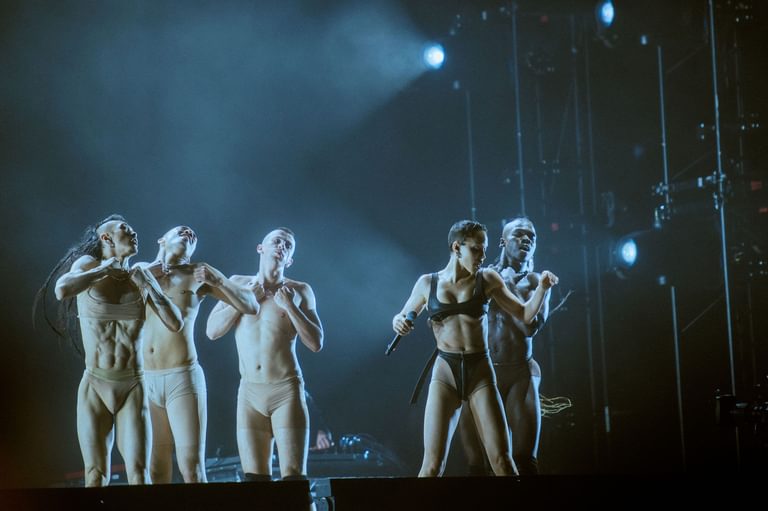
It was a few years ago now that Primavera Sound downsized these grounds, removing a beach area that offered some respite from the Fòrum’s hustle. Still, the tradition of an annual Sunday swim as the music hushes and the sun rises prevails. This year also notably saw the loss of the Auditori – temporarily, we're told – an indoor venue sitting outside the festival gates that has historically attracted crowds for its distinct setting and shade on hot days.
Given its constant reshaping, the geography of Primavera Sound has always felt dynamic as if it has been bursting out of its stitches within the Catalan capital. With particular vigor for its latest edition, it spews into the city itself through various concurrent events. Primavera Pro, for instance, acts as a networking opportunity for industry professionals, with free, public-access concerts held at the Centre de Cultura Contemporània de Barcelona (CCCB).
Alternatively, Primavera a la Ciutat aims to bring the festival’s magic to various music venues outside of the Fòrum site, including Sala Apolo and Razzmatazz. With such a packed schedule on offer already it is difficult to know whether this intended city-wide connectivity is achieved, or whether having so many separate sites and granular iterations have had the opposite effect.
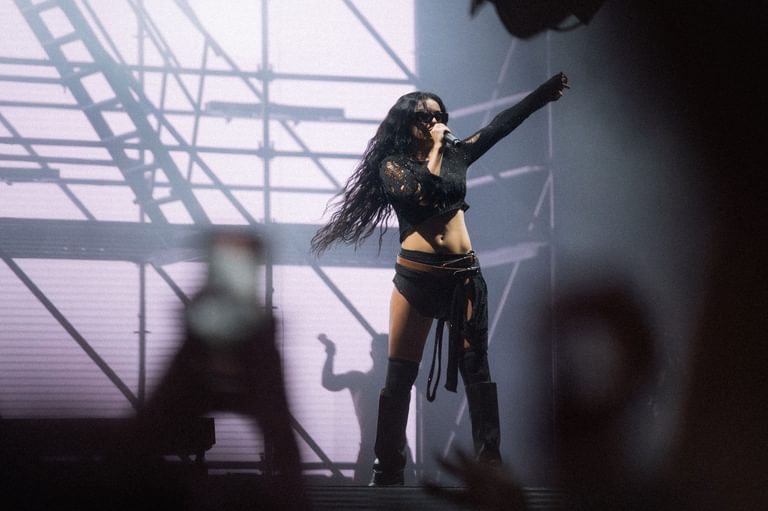
Perhaps the most stark transformation of recent years has been the demographic of artists on display. It is difficult, now, to fully grasp that ten years ago the festival’s lineups were nourished on mostly indie and rock bands, with headliners ranging from Alt-J to Radiohead and Sigur Rós.
That’s not to say everything has changed. Ten years ago the festival’s father, Pablo Soler, credited the Primavera brand’s success to its efforts in showcasing “under-the-radar” talent. This ethos still remains today as seen in the festival’s rigorous penchant for spotlighting emerging artists, and a particularly strong smattering of Catalan talent in its undercard. It’s also not to say that change hasn’t come with clear positives.
In fact, in many ways the festival’s adaptability has been admirable when compared to its contemporaries. In 2019, for instance, the festival pledged a “new normal” in ensuring at least a fifty-fifty gender split in its line-up; a sure factor leading to this year’s takeover by pop music’s Powerpuff Girls. Granted, some have questioned the relative level of these artists as headliners when compared to the legacy band names Primavera Sound has tended to gravitate towards. Pitchforks have been sharpened, ready to denounce Chappell Roan’s single studio album and Charli xcx's career-long residency at the festival’s more intimate stages.
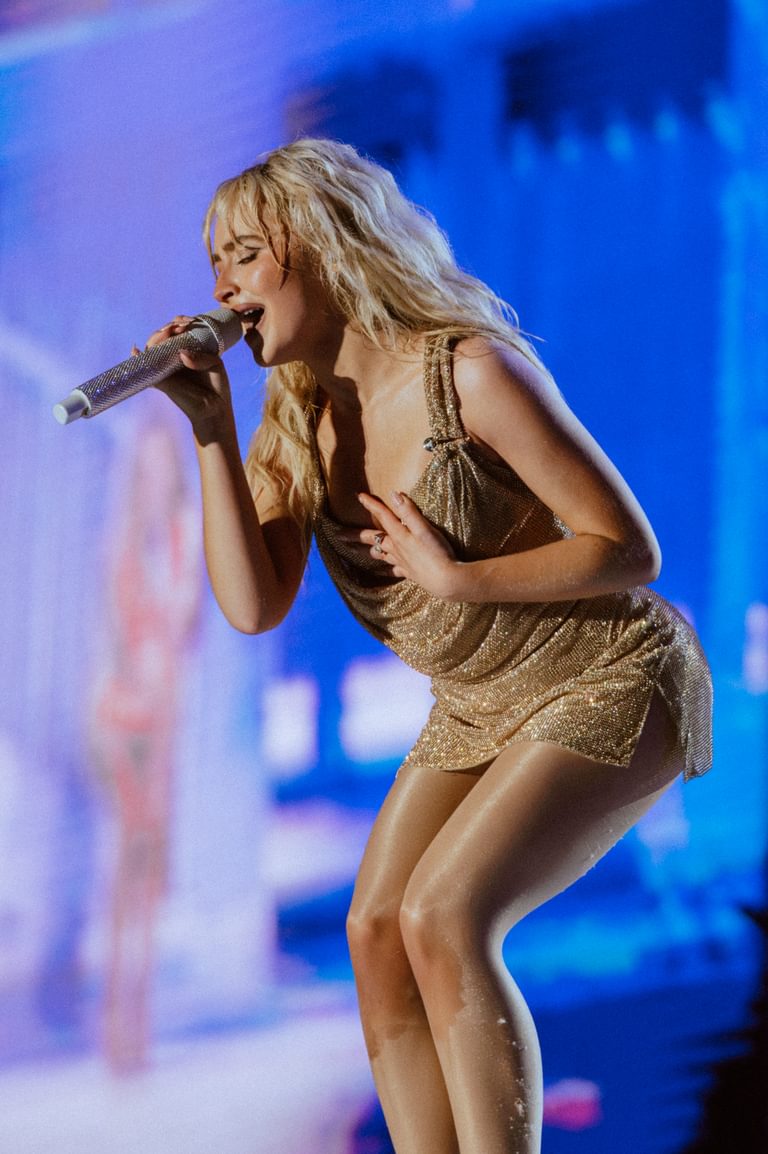
However, the proof is absolutely in the pudding of their blistering sets: an undeniable showcasing of saturated pop prowess to combat the common sexist perception that booking female artists in the headline slots is a risk to festival organisers. In fact, not only can they be credited with bringing record attendance, with 293,000 festivalgoers reported, but also completely selling out each day of the festival for the first time since 2022. This feat was achieved all the way back in January, and arguably general interest hasn’t been so high for a decade. This excitement rippled through the festival grounds too. In fact, the Fòrum teemed with visitors for a solid twelve hour stint each night, appropriately smothered in brat green and Carpenter-esque pink frocks.
However, here lies the central tension in Primavera Sound’s constant quest for mass appeal. In becoming the most exciting pop music festival in a long time, are they at risk of eroding their core fan base? Long-time followers of the festival expressed angst towards attendees primarily there to see the three headliners rather than taking in the entire experience. Embodying gig rather than festival etiquette, particular aim was taken towards the lack of respect of these fans, running to secure barrier spots at the start of the day, and sitting and chatting through earlier sets.
This only exacerbates the general critique that has seemingly somewhat always plagued Primavera Sound: that it is too tourist-focussed. A quick scroll on social media and you’ll see “guiri” plastered in comment sections, the colloquial Spanish takedown of the “Brits abroad” archetype. In fact, a substantial 65% of the festival’s attendance this year were tourists, so laying a difficult crossroads for the event organisers.

Arguably, however, this is their best opportunity to continue pursuing their mission statement. Rather than bringing up-and-coming, and primarily Catalan talent to the world, it is easier to bring the world to the up-and-coming, and primarily Catalan talent (by way of pop music’s biggest names). Primavera Sound is clearly reiterating its status as the premier festival in Europe, and the local audience might just have to get comfortable within this discomfort as it continues to evolve.
If one thing is clear from its history, Primavera Sound is a festival unafraid to experiment in an effort to maximise returns. For its latest instalment, it turns out somewhat ironically that their signature out-of-the-box thinking was the triumphant booking of three of the most dominating forces in pop music — go figure.
The 24th edition of Primavera Sound Barcelona will run from 4-6 June 2026; find out more at primaverasound.com
Get the Best Fit take on the week in music direct to your inbox every Friday
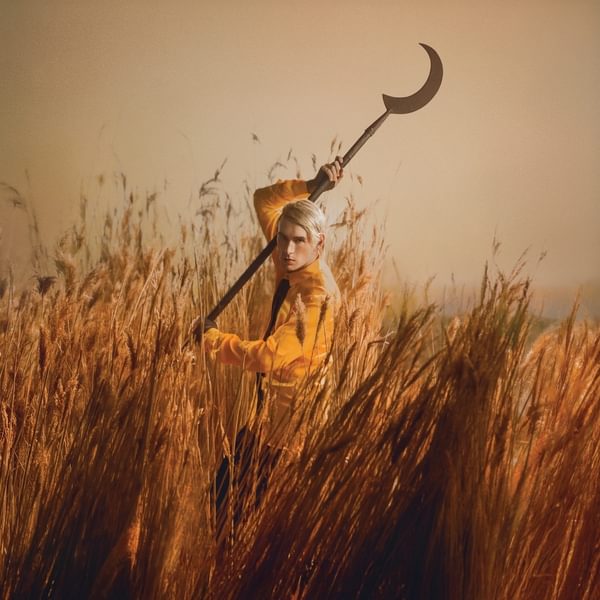
Patrick Wolf
Crying The Neck
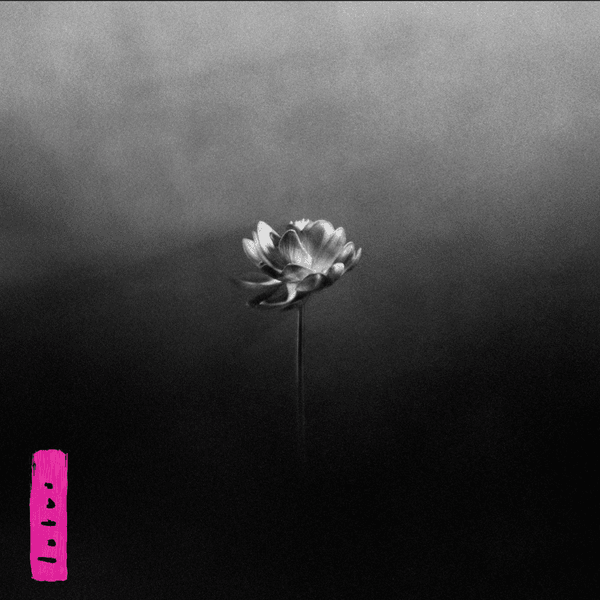
Little Simz
Lotus

Turnstile
Never Enough
